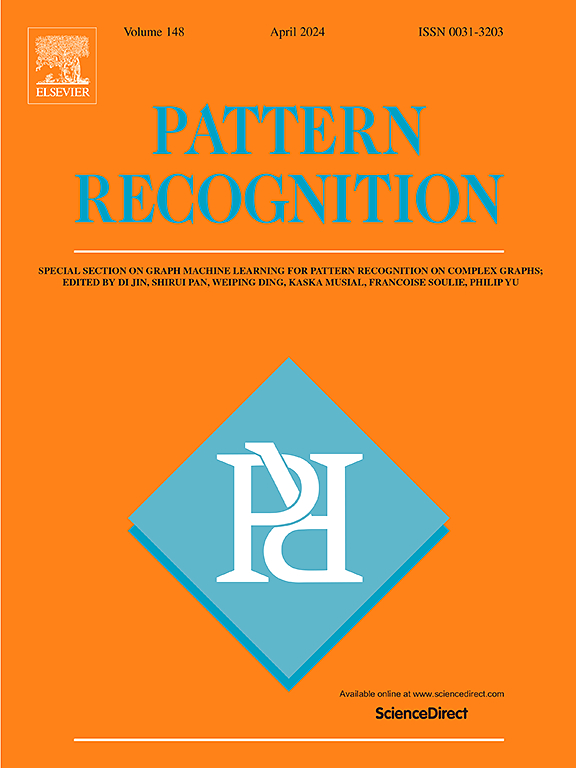直观-K-原型:带有直观分布中心点的混合数据聚类算法
IF 7.6
1区 计算机科学
Q1 COMPUTER SCIENCE, ARTIFICIAL INTELLIGENCE
引用次数: 0
摘要
在现实世界中,数据集通常混合了数字和分类属性。对混合数据进行数据挖掘非常有意义。本文提出了一种改进了原型表示和属性权重的直观 K 原型聚类算法。所提出的算法为分类属性定义了直观分布中心点。在我们的方法中,会对初始原型进行启发式搜索。然后,我们结合数值属性的平均值和直觉分布中心点来表示聚类原型。此外,聚类内部复杂性和聚类间相似性也用于调整属性权重,复杂性和相似性较低的属性优先级较高。使用直观分布中心点计算成员和非成员距离。然后将这些距离进行参数组合,得到复合距离。在真实的 UCI 数据集上对该算法的聚类效果进行了评判,结果表明,所提出的算法在大多数情况下都优于传统的聚类算法。本文章由计算机程序翻译,如有差异,请以英文原文为准。
Intuitive-K-prototypes: A mixed data clustering algorithm with intuitionistic distribution centroid
Data sets are usually mixed with numerical and categorical attributes in the real world. Data mining of mixed data makes a lot of sense. This paper proposes an Intuitive-K-prototypes clustering algorithm with improved prototype representation and attribute weights. The proposed algorithm defines intuitionistic distribution centroid for categorical attributes. In our approach, a heuristic search for initial prototypes is performed. Then, we combine the mean of numerical attributes and intuitionistic distribution centroid to represent the cluster prototype. In addition, intra-cluster complexity and inter-cluster similarity are used to adjust attribute weights, with higher priority given to those with lower complexity and similarity. The membership and non-membership distance are calculated using the intuitionistic distribution centroid. These distances are then combined parametrically to obtain the composite distance. The algorithm is judged for its clustering effectiveness on the real UCI data set, and the results show that the proposed algorithm outperforms the traditional clustering algorithm in most cases.
求助全文
通过发布文献求助,成功后即可免费获取论文全文。
去求助
来源期刊

Pattern Recognition
工程技术-工程:电子与电气
CiteScore
14.40
自引率
16.20%
发文量
683
审稿时长
5.6 months
期刊介绍:
The field of Pattern Recognition is both mature and rapidly evolving, playing a crucial role in various related fields such as computer vision, image processing, text analysis, and neural networks. It closely intersects with machine learning and is being applied in emerging areas like biometrics, bioinformatics, multimedia data analysis, and data science. The journal Pattern Recognition, established half a century ago during the early days of computer science, has since grown significantly in scope and influence.
 求助内容:
求助内容: 应助结果提醒方式:
应助结果提醒方式:


